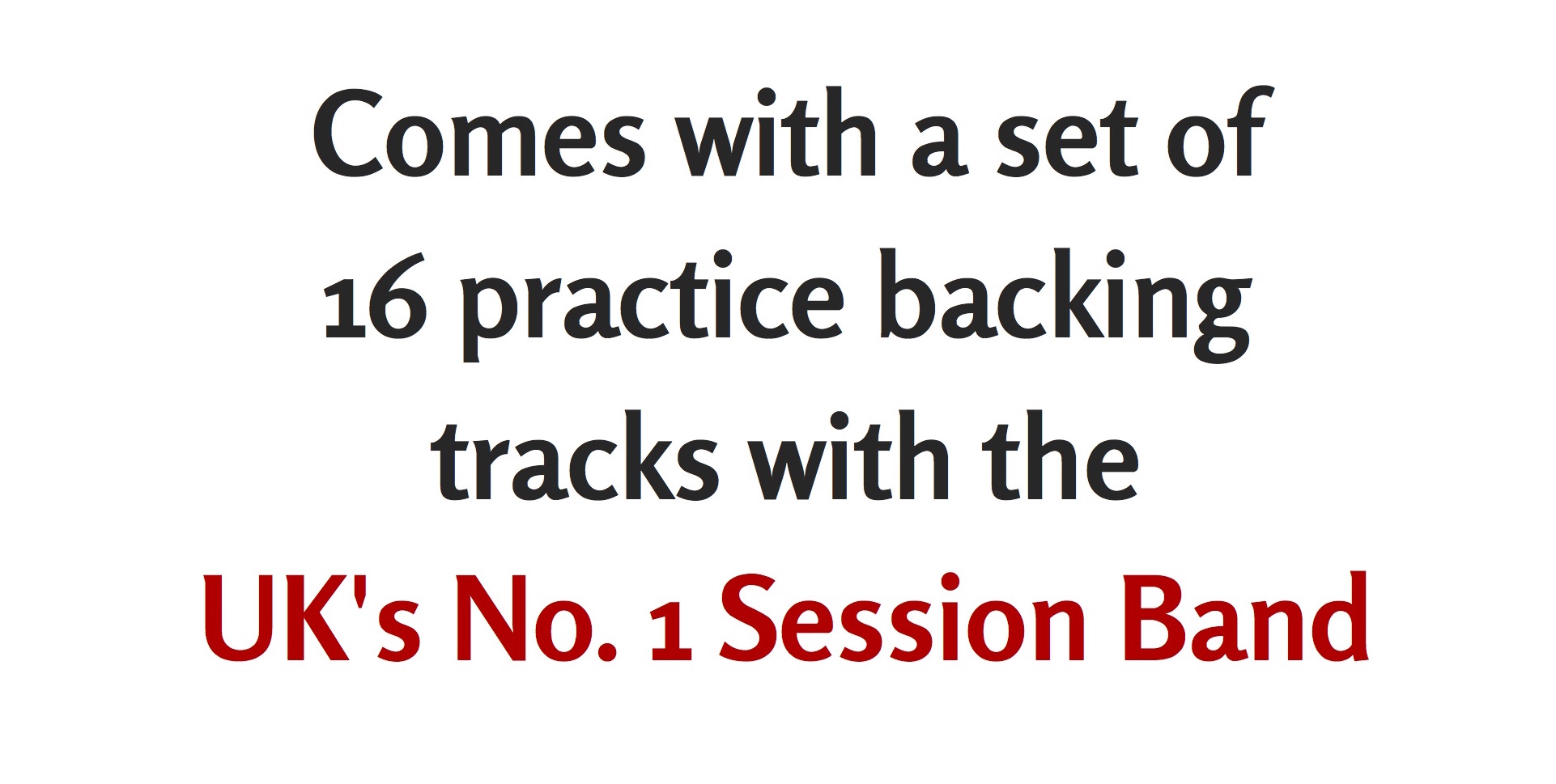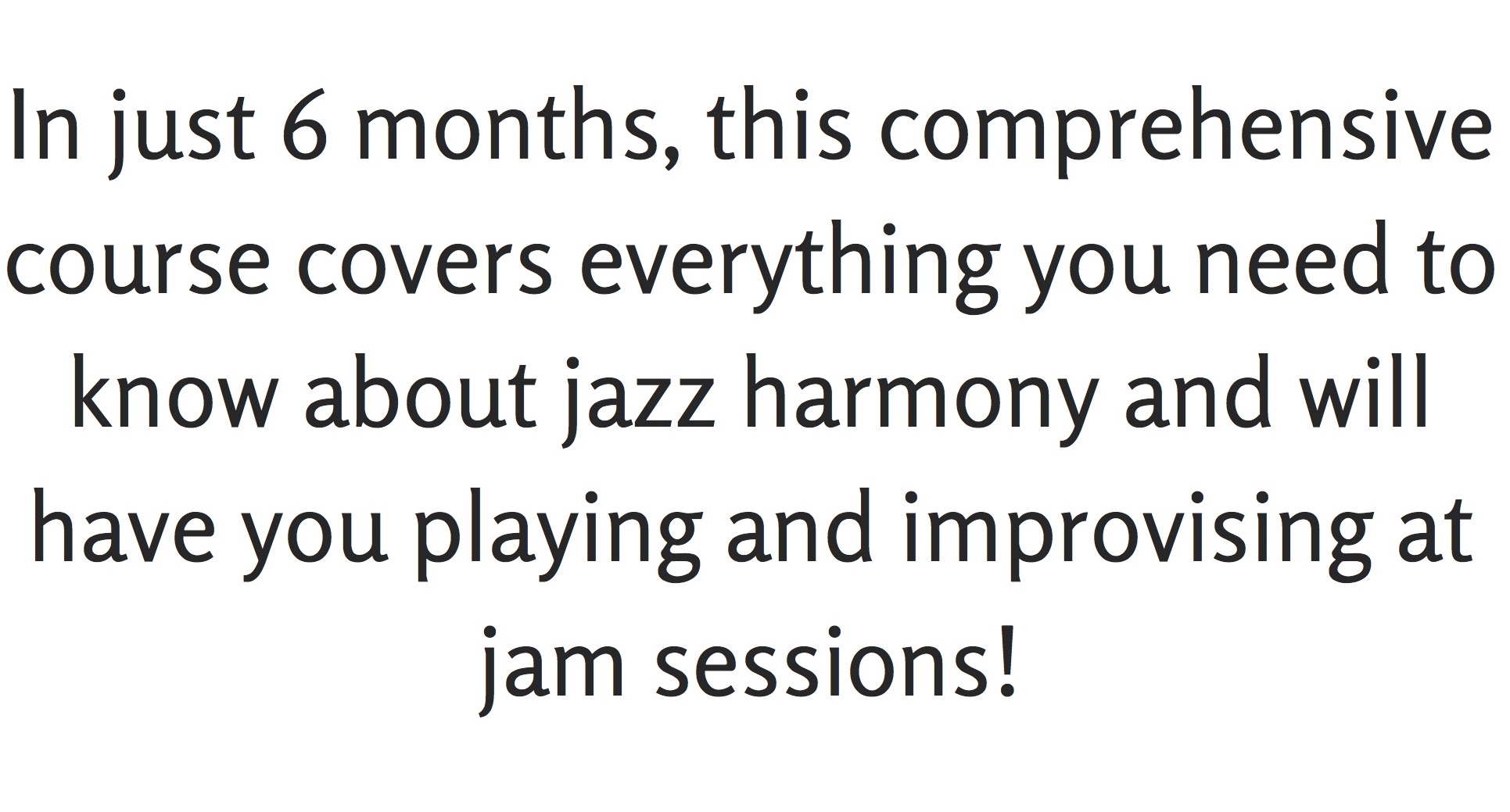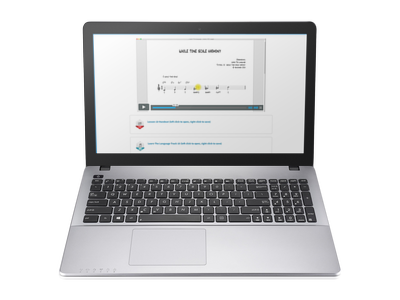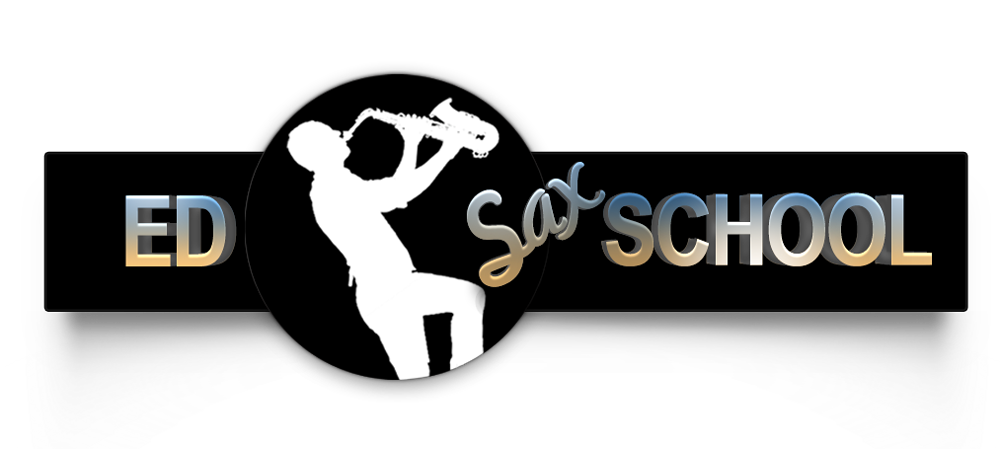Price$347.99$247.99
Please sign in first
Not a member?
Please simply create an account before buying/booking any courses.
Create an account for free!



Find us on Facebook
Come and join the 500 students worldwide...
Mike Gunn, Stratford Upon Avon, United Kingdom
Kate Chandler, New York

Grigory Parkhomenko, Moscow
Ted Rockley, London

Victoria Markou, London
Matty Dempster, London

Richard Norris, Paris
Max Jaworski, London

Daryl Oliver, London
Donna Schwartz, Los Angeles, California



